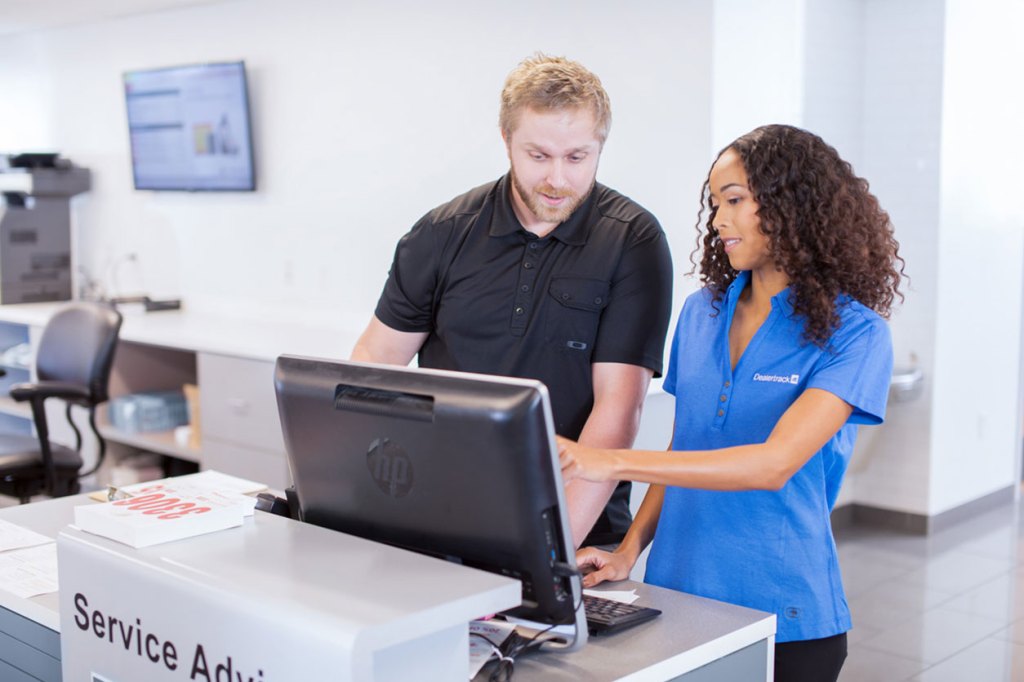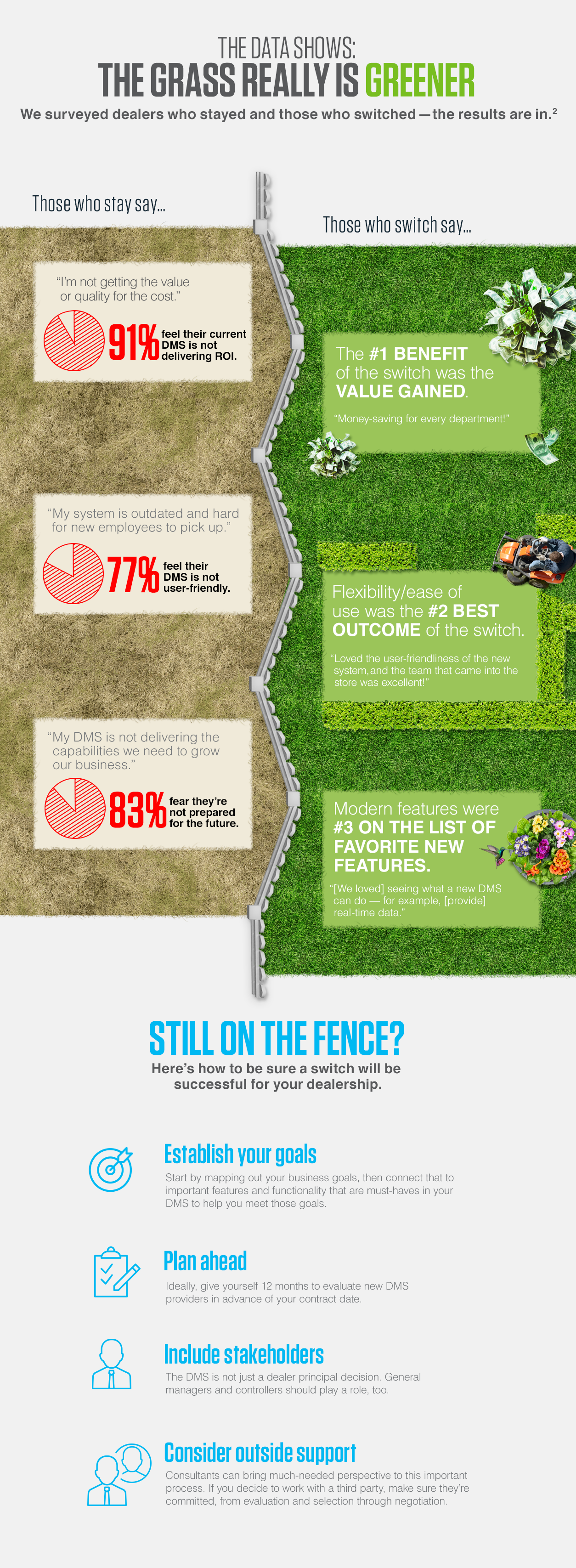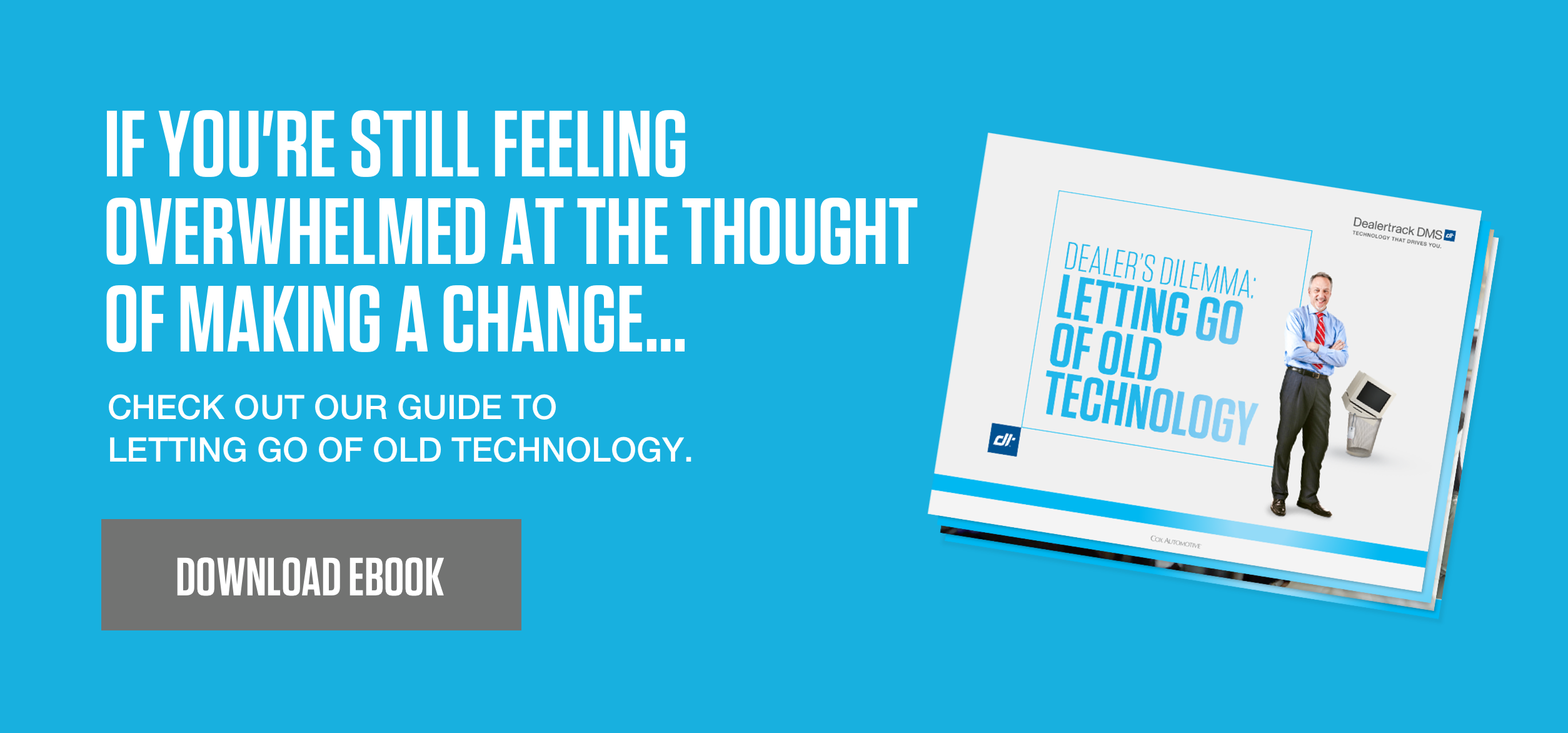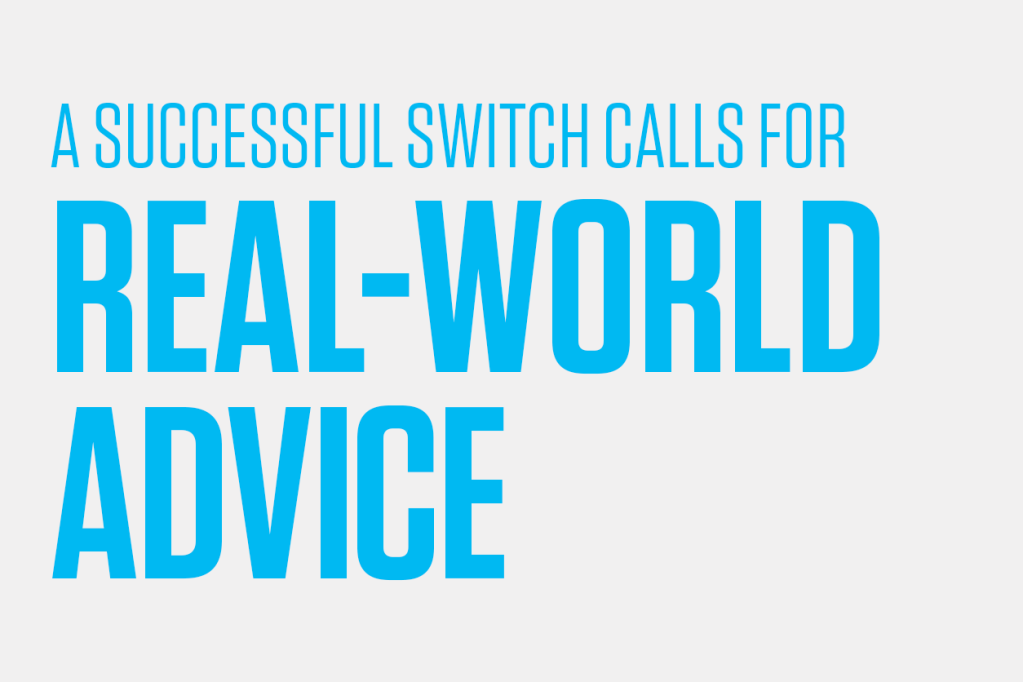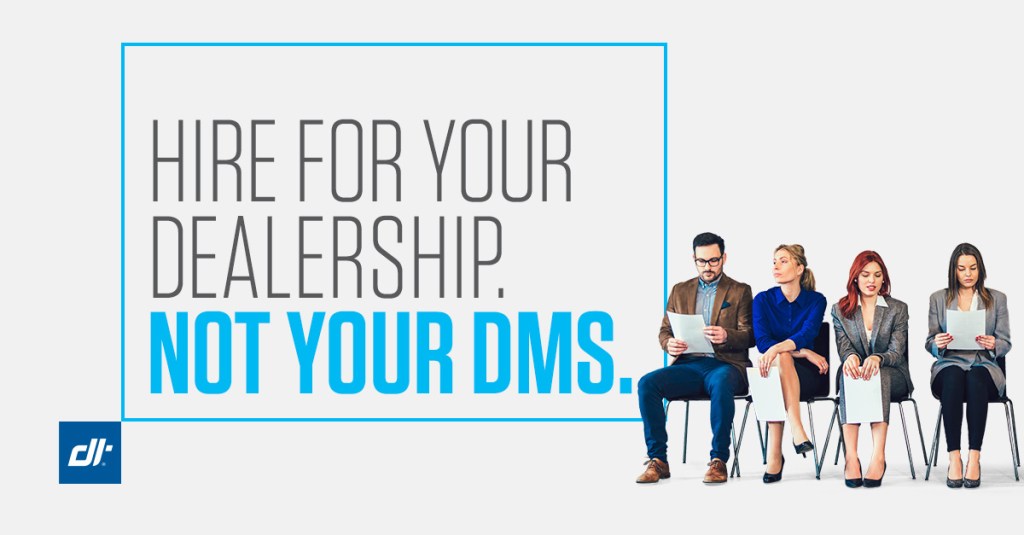Employee turnover costs dealerships billions of dollars every year. Yes, billions. And the problem is getting worse. Payroll is rising and one- and three-year retention rates are dropping, meaning dealers are spending more and seeing fewer results year over year. This problem is only compounded by the toll of margin compression, operating costs, and the hidden impacts of low team morale and comprehensive operational inefficiency due to churn. The end results leave dealership to face a big struggle. Where can they begin to make a difference? The answer, according to the experts, can be found through more effective onboarding processes.
The financial impact of employee turnover
Calculating the total cost of employee turnover surprises many dealers. On its surface, it may look like a mere annoyance or human resource hassle. But dig a little deeper and it becomes evident that turnover is having a significant financial impact on dealerships. According to Harvard Business Review, “it typically takes eight months for a newly hired employee to reach full productivity.” While dealerships wait for their new hires to slowly climb the learning curve, they can lose between 1% and 2.5% of their revenue. These additional lost profits add up.
Employee onboarding drives faster recovery
Employees come and go in every industry. But according to the most recent NADA Workforce Study, dealerships, in particular, are losing nearly half of their workforce every single year. One way to mitigate the negative effects of this high turnover rate is to lessen the learning curve and bring new hires up to speed faster. When employees know what to expect and what is expected of them, they feel more comfortable in their work and they increase their productivity in turn.
According to the automotive experts at Hireology, a strategic onboarding process can contribute to the team “as soon as they join.” And the difference in productivity adds up. The Society for Human Resource Management has found that organizations with a standard onboarding process experience 50 percent greater new-hire productivity.
Onboarding and the DMS
The DMS is the backbone of modern dealerships and employees must be proficient with the system in order to contribute at a high level. For this reason, any dealership onboarding program must include technical training. Surprisingly, only 25% of companies say their onboarding program includes any kind of technical training.
The benefits of an easy-to-learn DMS
Dealerships with an easy-to-learn DMS have an advantage when it comes to onboarding new hires and reducing the financial impact of employee turnover. Because modern DMS platforms have simple interfaces that streamline workflows, they are easy to use and easy to learn.
For those dealerships currently considering a DMS change, ease-of-use should be a major consideration. Island Automotive Group, a 15-store dealership in New York, recently changed platforms and specifically sought a provider that appealed to its employees and made their jobs easier and more efficient. Dealership partner, Marcello Sciarrano, summarized it this way: “[Our new] DMS is a better system. It’s more cost effective, it’s easier to use, and our employees like it. To me, that’s what a DMS is all about.”
Employee turnover isn’t going anywhere. But dealerships can make a difference by building onboarding programs that include technical training on their DMS. And when their DMS is easy to learn, new hires know what to expect and what is expected of them, making onboarding easier for employees and more financially beneficial for dealers.

